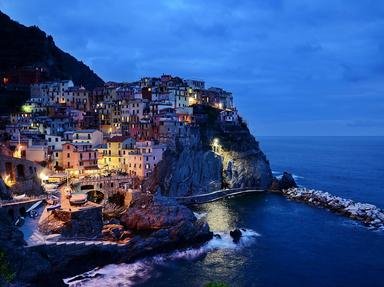Quiz Answer Key and Fun Facts
1. Catherine of Siena is one of the patron saints of Italy. Who is the other?
2. Which of the following stories was originally published in Italy?
3. Since the time of Augustus, Italians have been celebrating a national holiday in August. What is this holiday called today?
4. Which of these famous Italian explorers was born in Genoa, Italy?
5. Which of these cities was NOT originally founded in Italy by Greek colonists?
6. Who doesn't love pasta?! What is the name for the pasta that looks like little bow ties?
7. Which Italian film director is best known as the pioneer of the Spaghetti Western genre of movies?
8. In which Italian city was the first FIAT factory located?
9. Italy is the home of the only active volcano on mainland Europe.
10. It is a well known fact that the ancient Greek architects created three classical orders of columns. Ancient Roman architects added two more orders. What are the additional Roman orders called?
Source: Author
ponycargirl
This quiz was reviewed by FunTrivia editor
agony before going online.
Any errors found in FunTrivia content are routinely corrected through our feedback system.

